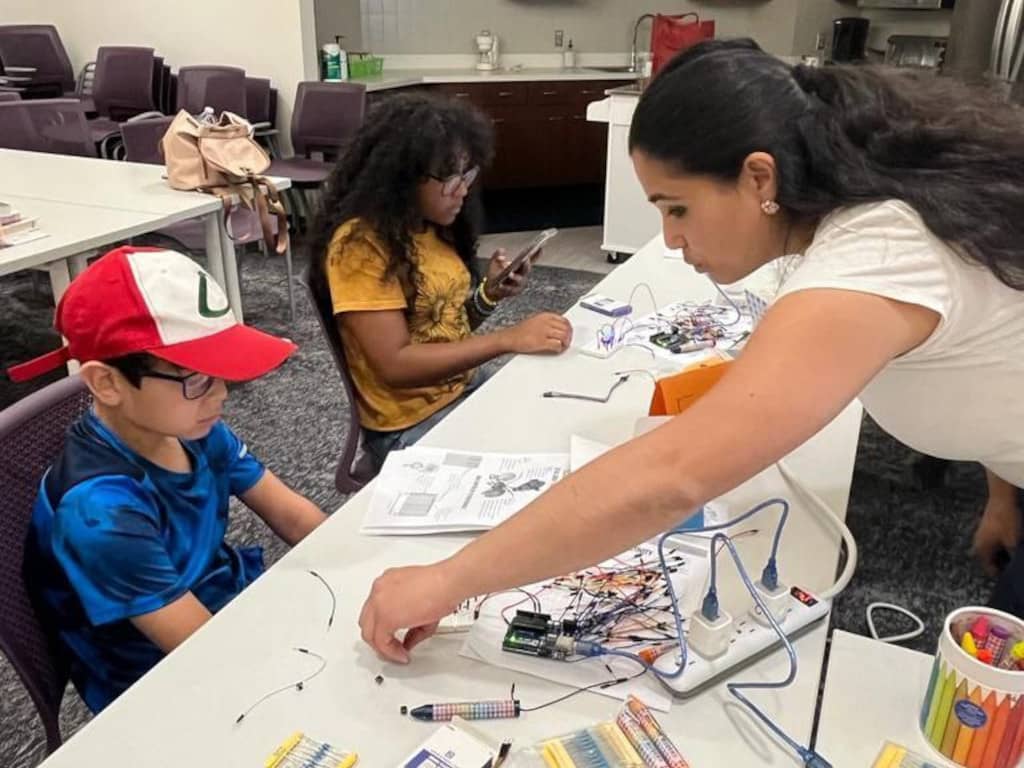Green technologies: Solutions for sustainability and global resilience
According to United Nations “The 10 largest greenhouse gas emitters contribute over two-thirds of global emissions” and “The top 3 greenhouse gas emitters contribute 16 times the emissions of the bottom 100 countries”. This data summarizes that the actual developed economic system is not practical for the sustainability of the planet and all life in it.
To keep the planet’s climate best for all life it is urgent a change in the way we live: lifestyle, consumption, work, home, education, technology, business, sports, culture, travel, and more. Our goal: to reduce 45% of CO2 emissions by 2030 from the year 2010 levels.
How can we make green technology work?
The Net Zero emissions goals were set up in 2015 in an agreement that involve the efforts of the United Nations, 195 nations of the world, NGOs, media, and different forms of institutions and businesses.
Green technologies can reduce the impact of climate change. But for the green technologies to accomplish the goal for what they were thinking of, it is critical the compromise of all the people of the world, from the one who read this article to world leaders. These technologies are in the way to reduce CO2 emissions helping us to achieve the Net Zero goal.
What is the current state of green energy production?
Today, these technologies are facing challenges for achieving the Net Zero Emissions by 2050. According to data from IEA.org, this is the reality:

-
Wind power
“The amount of electricity generated by wind increased almost 170 TWh (+11%) in 2020, similar to growth in 2019 and the highest of all power generation technologies in 2020. Wind remains the primary non-hydro renewable technology, generating 1 592 TWh, almost as much as all the others combined”
-
Solar power
“In 2020, almost 200 MW of CSP capacity were added, a 66% decrease from 2019 and below the average of the previous ten years.” This represents a setback on the Net Zero Emissions 2050 goal scenario, the reality is that “To achieve Net Zero power generation of 204 TWh from CSP in 2030, average annual generation growth of 31% is needed from 2020 to 2030. As this corresponds to ~6.7 GW of new capacity every year, CSP deployment is not currently aligned with the Net Zero Scenario”
-
Geothermal energy
“Geothermal electricity generation increased an estimated 2% in 2020, falling below average growth of the previous five years, with a capacity increase of ~200 MW. This technology is not on track with the Net Zero Emissions by 2050 Scenario, which requires 13% annual increases in generation over 2021-2030, corresponding to average annual capacity expansions of ~3.6 GW”
-
Hydroelectric power
“Hydropower generation increased 124 TWh (+3%) in 2020, reaching 4 418 TWh and remaining the largest renewable source of electricity, generating more than all other renewable technologies combined.”. In the race to achieve the Net Zero Emissions goals by 2050, “hydropower maintains a 3% average annual generation growth rate between 2020 and 2030 to provide 5 870 TWh of electricity per year. To meet this level, an average 48 GW of new capacity should be connected to the grid annually during this period”
-
Hydrokinetic energy
“Electricity generation from marine technologies increased an estimated 400 GWh (+33%) from 2019 to 2020, which is significantly above the levels of the previous three years, mainly owing to capacity additions of ~200 MW from Denmark.” But needs do better to achieve the Net Zero Emissions by 2050, “which models 27 TWh of electricity generation in 2030. Ocean power generation grows an average 33% between 2020 and 2030 in the Net Zero Emissions by 2050 Scenario, which corresponds to ~1 GW of average annual capacity additions”
As we can see, we have work to do investing more in these technologies, demanding their use as a substitute for the other contaminating ones. The time factor is critical.
The urgent call to action
To aspire to positive environmental change we must understand that change comes first from us as individuals., the climate change is no longer a theory, is a new reality. This implies a change in the way we live in this world: how we consume energy, what materials we use to fabricate products, what use we give to our wastes, recycling, and more. These decisions also have more impact than we might think, there is a next-generation who needs to receive a plan to keep it making it work, they will be adults in the next years to come, we cannot leave them with a situation worse than the one we can and need to work out.
The solution is there for us to make it work; we only need the will to act. If each one of us gives one step, then we will have millions of steps forward at the same time until we become an unstoppable force of change.

Thanks for reading this article. Now, what are you going to do next?
If you liked this article, remember to share it with your friends and family. Let us spread the conversation, find us on Facebook and Instagram, , see you next time.
Sources:
researchgate.net
cleartax.in
green-technology.org
iea.org
ucsusa.org
un.org










